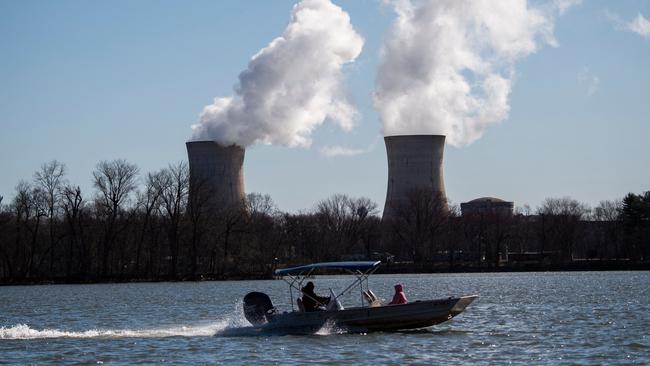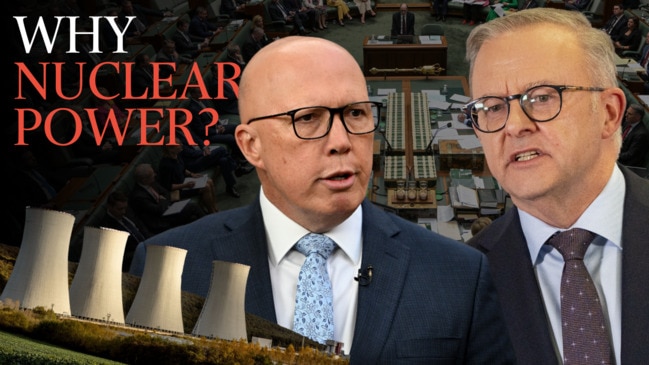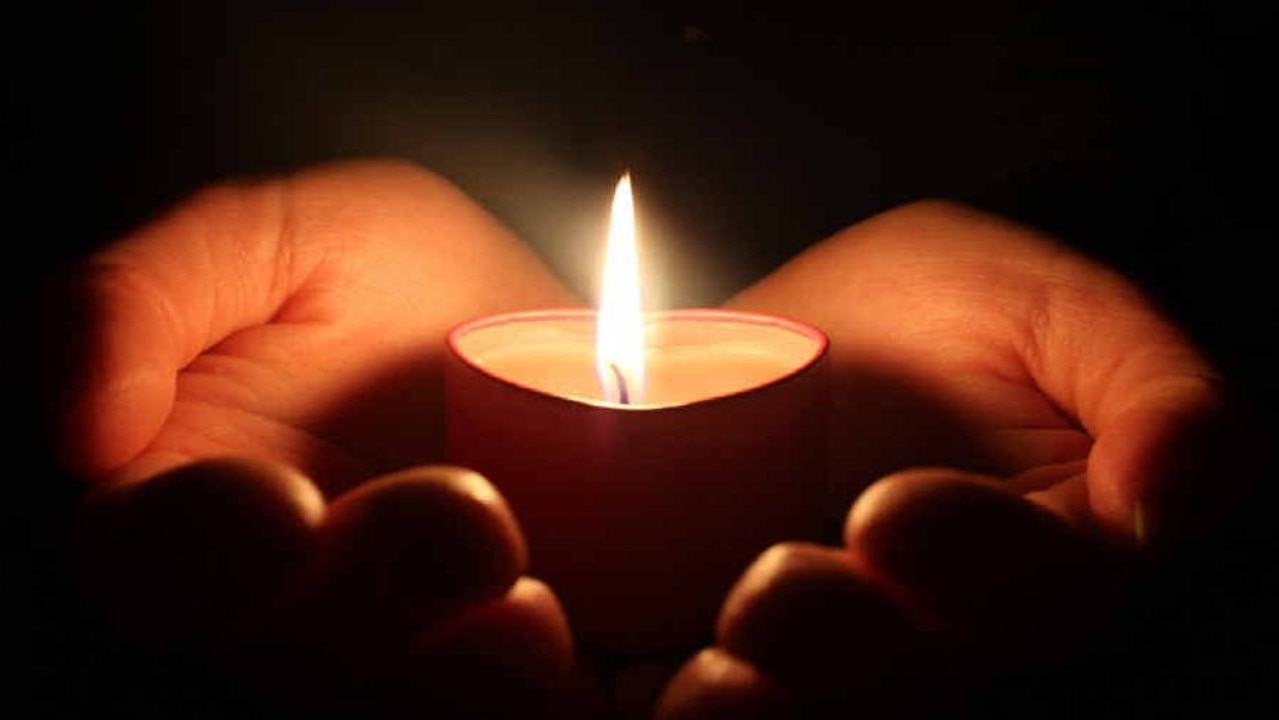Nuclear once may have made economic sense for Australia. Now it doesn’t

Not so long ago solar power was uneconomic and needed subsidies to compete with fossil fuels. Today, it’s the cheapest form of electricity and continues to get cheaper. Wind power has undergone a similar transformation.
In contrast, based on the trend of all overseas examples, nuclear power costs have increased. All plants built since 2000 in comparable Western countries see nuclear power costs anywhere from $200-300 per megawatt-hour, at best.
Nuclear power may once have made economic sense in Australia, and it could still make sense in countries without sufficient low-cost renewable options. However, it no longer makes sense for countries like Australia with abundant renewable resources.
Solar and wind power currently costs about $60-80 per megawatt-hour, and much less in some areas up north. Once you add the cost of firming up this supply, using technologies like pumped hydro, batteries, and peaking gas, the total cost rises to around $110 per megawatt-hour, inclusive of additional transmission costs.

According to The Economist magazine: “When it was a tenth of its current size 10 years ago, solar power was still seen as marginal, even by experts who had seen how fast it had grown. The next tenfold increase (predicted over the next decade) will be equivalent to multiplying the world’s entire fleet of nuclear reactors by eight in less than the time it typically takes to build just a single one of them.”
To continue with The Economist: “Solar cells will in all likelihood be the single biggest source of electrical power on the planet by the mid 2030s … On current trends, the all-in cost of the electricity they produce promises to be less than half as expensive as the cheapest available today.” (The Economist, June 22, 2024).
Further, as Bloomberg recently noted, over three-quarters of the global population live in countries where it’s cheaper to build new wind and solar than any other form of carbon-intensive energy. The reducing cost trajectory for renewables is something we’ve never seen before in any other sector.
Australia’s economy has benefited from being the world’s largest exporter of coal and gas. But as the world shifts to a greener future, we have another opportunity before us. Australia is uniquely positioned with some of the best solar and wind resources on the planet, and this combination can drive our future prosperity.
Economist Joseph Schumpeter described capitalism as a process of creative destruction, where new innovations continuously replace the old. This is exactly what is happening in the energy sector.
Through our comparative advantage in producing extraordinary amounts of renewable energy, Australia has the chance to be the world’s leading exporter of green, energy-intensive manufactured goods. From green metals, fuels and fertilisers to polysilicon and processed critical minerals, there can be an economic transformation that outstrips the benefits we gained from fossil fuels. The lucky country could be lucky once again.
This is why we view the focus on nuclear power as a distraction. Even if nuclear were to play the envisaged small role, it diverts attention from the far greater opportunities offered by renewables. We should be focusing on realising the full potential of solar and wind, which promise cheaper energy and a thriving export industry. As we did with coal and gas, let’s capitalise on the resources we’ve been blessed with.
Critics of renewable energy often argue that it’s unreliable, dependent on the sun shining or the wind blowing. But this misrepresents the reality of power systems.
Fossil fuel-powered electricity systems also needed backup from hydro and peaking gas, as coal plants struggled to meet variable demand, much like nuclear would. Renewable energy can rely on hydro and peaking gas for backup as well, and battery storage is getting cheaper all the time. Additionally, many industries that will drive future energy-intensive exports don’t need continuous power.
Power prices in Australia have increased significantly in the last three years due to rising fuel costs as a result of the Russian invasion of Ukraine, coal plant reliability issues and rising network costs (45 per cent of the typical household electricity bill).
Rather than being the cause of recent price rises, renewable energy is the way to now get prices down.
Australia’s has a golden opportunity to lead the world in green energy-intensive exports. Let’s not let distractions steer us away from what’s in front of us. The facts have changed, and so must we.
Rod Sims is the chair and Baethan Mullen the CEO of The Superpower Institute.



When accused of changing his position, John Maynard Keynes famously replied: “When the facts change, I change my mind – what do you do, sir?”